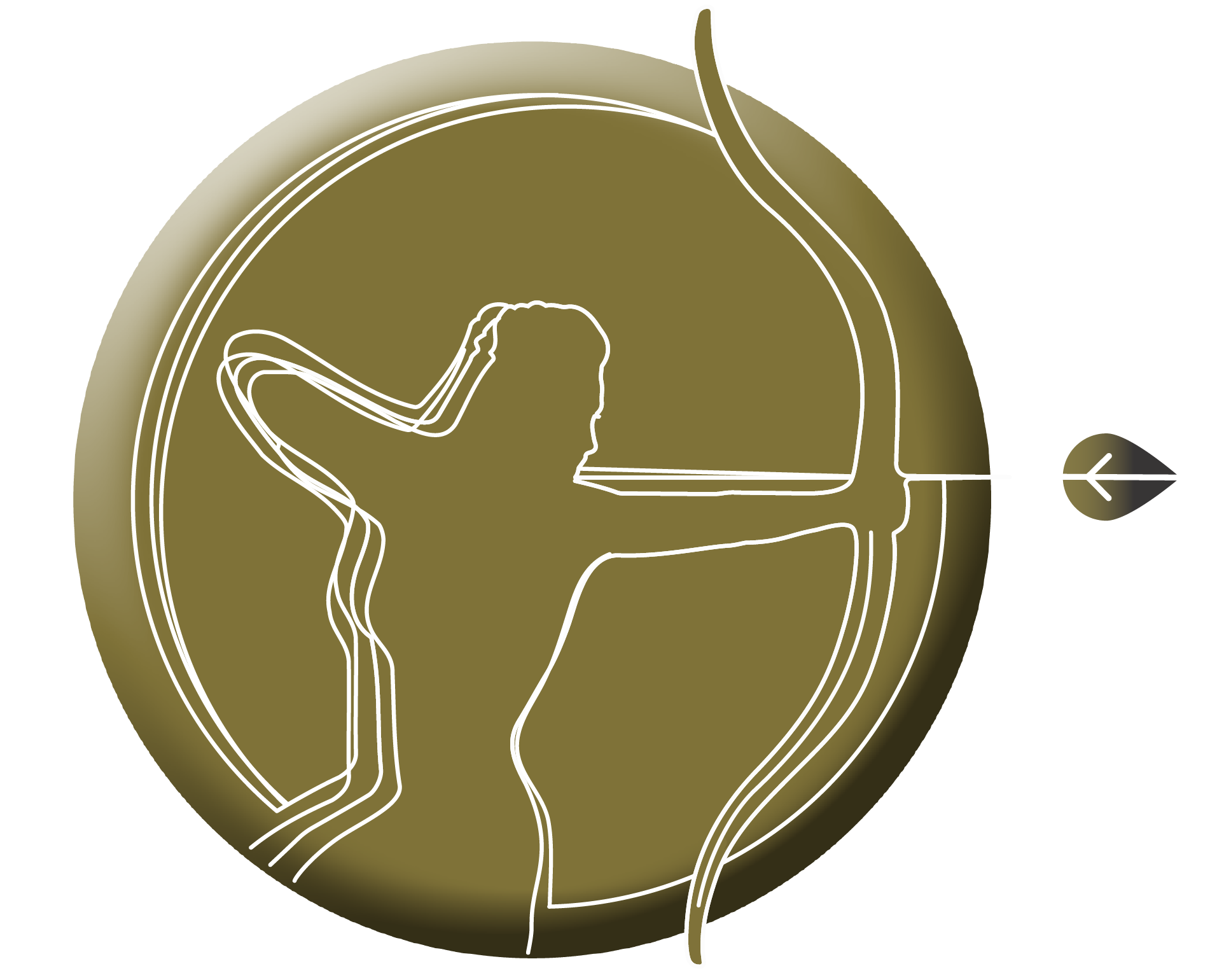Not Another Superhero Movie
by REGGIE WOLTZ
The Black Panther is not a movie so much as it is a statement. Released in the dead of Black History Month with mountains of hype and molehills of controversy, nothing surrounding it happened by coincidence. At a time when racial and political tensions have hit fever pitches, there are few occasions for synthesis between opposing mindsets as enjoyable as this film. Whether it will succeed in bringing people together is the only question.
If there are any serious issues with this movie, they are more endemic to its genre than anything. Up to this point in its cinematic universe, Marvel Studios has released 17 films. After so many origin stories and sequels, it would seem impossible for its eighteenth to present its viewers with anything they haven’t seen before. And while this film is essentially a retread of Hamlet’s plot, it executes its trajectory with enough style and substance to allow the audience to see past its predictability. In any case, I’d rather be introduced to a new character by a version of Hamlet and The Lion King over another Iron Man, Captain America, or Thor-style backstory.
The style that makes The Black Panther so striking is perhaps director Ryan Coogler’s most outstanding achievement. The soundtrack indicatively switches between vibrant streaks of African tribal music and American hip hop as its central characters rise to prominence; and even combines the two in the heat of their climactic battle.
As much as the auditory elements play into the story, the visual components are what truly stand out. Afrofuturism is on heavy display, from smaller artistic choices in costumes and sets to more easily apparent influences in the Vibranium technology and insanely detailed capital city of Wakanda. Certain scenes in the movie feel like small celebrations of African culture, and the blend between tribal ways of life and science fiction creates a feel for the movie that is wholly unique unto itself. The style ends up seeming like Blade Runner, but with more soul and less bleakness. Considering how Blade Runner set trends for the cyberpunk aesthetic, hopefully this movie inspires more Afrofuturism in subsequent films.
Beyond the style that Coogler sets out to create, The Black Panther also benefits from characterization that one wouldn’t expect from a Marvel movie. Aside from its stars, the supporting cast is deep and talented. Lupita Nyong’o, Danai Gurira, Letitia Wright, and Angela Bassett form a quartet of powerful women that give tinges of feminine triumph to the film. Forest Whitaker, Daniel Kaluuya, Winston Duke and Sterling K. Brown give quietly colorful performances as characters that are far more complex than their limited screen time lets on. Martin Freeman does well as the lost CIA agent, constantly getting one-upped by Wright’s character to humorous effect, and even gets us to care for his starkly contrasted character as he finds redemption in the final act. The most impactful supporting performance, however, belongs to Andy Serkis’s villain who is equal parts manic, threatening, and pure fun to watch.
This movie succeeds on so many levels, but the real heart of it is its leading actors, Chadwick Boseman and Michael B. Jordan. Boseman is unassuming as the eponymous Black Panther a.k.a. King T’Challa, feeling like someone who hasn’t truly found his identity after the death of his father. As the film goes on and T’Challa comes to grips with the reality that his isolationist nation and imperfect father has set upon him, this identity convincingly develops into that of a confident and beneficent ruler. The conflict within Wakanda’s king is one of the movie’s most fascinating subplots, creating a personal burden of both country and race that presents an impossible choice.
The character that represents the flip side to the noble king is Michael B. Jordan’s cocksure villain, Erik Killmonger. Very seldom do movies give true justifications for the actions of its villain, but The Black Panther instead revels in relaying such complexity at the center of its plot. In effect, Killmonger only seems like the bad guy to T’Challa’s good guy the way Malcom X is against Martin Luther King, Jr. The parallels are definite: Malcom X and Killmonger both seek to stand up and retaliate against their people’s oppression while King, Jr. and T’Challa prefer a more peaceful and patient approach. Nobody is actually right or wrong here. The wrongs have already been done and these two characters simply have different approaches to dealing with them.
If it isn’t what Killmonger represents that makes him such an important character and the Marvel Universe’s best villain, it’s what the movie itself illustrates. This isn’t a superhero movie. It’s a hypothetical situation regarding how an oppressed race could better itself if given the resources to do so. The protagonist takes the high road and the antagonist takes the same road that the ones who transgressed in the first place took. By creating this disparity and placing the binary star system that is Boseman and Jordan in the middle of it, The Black Panther transcends what a superhero movie, or even a film in general, can be and asks the audience this impossible question. That it looks like a superhero movie is only so that lots of people can watch it and have this question asked to them. The underlying reality exists after leaving the theater, even if the solution to it (still waiting on that Vibranium meteorite) does not.
The Black Panther certainly stands apart from rest the Marvel Universe, which is infused with attempts to fill our eyes while leaving our stomachs empty. The Black Panther gives us a balanced diet of eye candy and food for thought, enough to leave you satisfied well after your two-and-a-half hours in the theater are up. As a result, the only thing I want more than for Wakanda to actually exist is for future movies to follow suit and realize that pleasing the masses doesn’t have to be an exercise in killing brain cells.
Copyright 2017 – 2018. ALL Rights Reserved.
![]()








